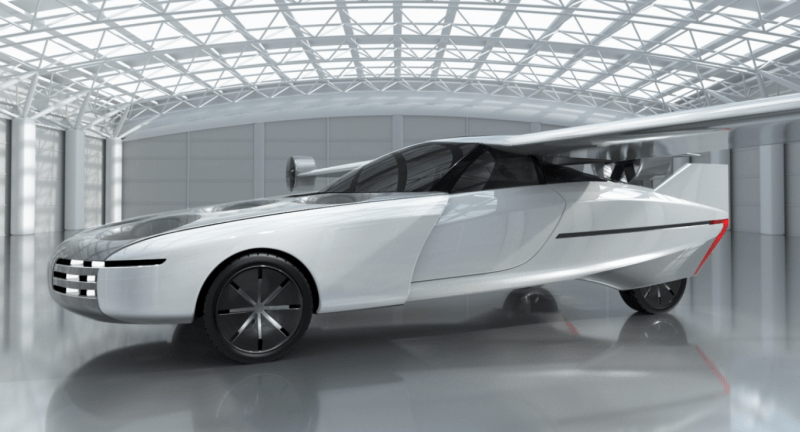In 1886, Karl Benz patented his design for the Benz Patent Motorwagen. In 1904/5, the Wright Brothers were acclaimed as the first people to design, build, and fly the first successful motor-operated aeroplane.
Now, in 2021, Guy Kaplinsky and Maki Kaplinsky, founders of NFT Inc, have begun accepting pre-orders for their ASKA™, the first drive and fly vehicle that consumers will be able to buy by 2026.
Earlier this year, in April 2021, NFT Inc threw open its doors to the general public to showcase its ASKA™ drive & fly vehicle, announcing that it had opened the books on accepting deposits for pre-orders from consumers anxious to drive/fly their innovative machine by 2026.
Mr Kaplinsky is a recognised serial entrepreneur. He has a successful history with international business ventures, being involved with IT and defence-related projects to promote exports, investments, and technical data to around 15 countries. He has now turned his attention to facilitating urban air mobility.
The word “Aska” is Japanese for “flying bird.” This mostly-electric vehicle, whose body will be similarly sized to an SUV, will have a flight range of approximately 250 miles. It is believed that the price tag is $789,000 and that this includes appropriate pilot training.
This article suggests that it would be wise to start thinking about investing now to ensure they have enough funds available when the time comes to make a purchase of one of these flying cars.
Already, people from all over the world have shown interest in this new venture. Some have registered and pre-ordered through the company’s website. According to CEO Guy Kaplinsky, NTF Inc has already received pre-orders from customers in Asia, Chile, the Middle East, and the UK. The amount of deposit to secure a pre-order is $5,000.
The ASKA™ is a folding vehicle, to all intents and purposes electric-powered, that will harness VTOL (Vertical Take-off and Landing) and STOL (Short Take-off and Landing) technologies.
The thing that stands out regarding the ASKA™ as opposed to other competitors in the field is that ASKA™ users will not need to go to an airport to use the vehicle. It has been designed for door-to-door transportation, which will mean no huge increase in terms of flight numbers as far as air traffic control is concerned.
Its VTOL capability means that it will be able to take off and land just like a helicopter. Because conventional runway type takeoff is much less energy-intensive than vertical takeoff, customers would likely choose short runway takeoff in rural areas and vertical takeoff and landing in built-up areas.
The folding wings would house six electrically powered motors, each rotor being connected to an independent battery pack. For additional safety, it has been decided to include two gasoline-powered range extenders. An additional safety factor is that the two rotors in the middle of the wings can be extended to support gliding in emergency situations.
Thanks to its folding capability, parking space shouldn’t be a problem. As regards vertical takeoff and landing, a 20-metre square space will suffice.
The current main concern, according to Guy Kaplinski, has to do with the vehicle’s battery cells. He advises that there isn’t a chemistry cell developer anywhere in the world right now who would be prepared to tell you that their cells could not possibly fail in the air. It’s something that he and NFT Inc are not prepared to accept.
It means that for the ASKA to become completely all-electric, without the current inbuilt gasoline-powered backup, there needs to be a breakthrough in terms of battery technology.
Given the foldability of the ASKA, making it parkable on a driveway, a conventional domestic garage, or a commercial garage, the vehicle can be charged using current commercially available technologies.
The drive/fly vehicle will also include third-party semi-autonomous technology. As Guy Kaplinsky explained, they are targeting consumers in general, including non-professional pilots. These technologies should enable them to feel more comfortable and allow them a greater degree of control instead of just sitting inside a completely autonomous robot – even if regulations were changed to support full autonomy at some time in the future.
It is anticipated that by the year 2026, when it is hoped that the first vehicles will be available to drive and fly in practice rather than theory, that the regulations regarding safety and air traffic control will have been modified to support consumer use of these new drive/fly vehicles. E shall have to wait and see.
If you’d like to discover more about the innovative drive, fly ASKA™; you should visit the Askafly.com website.


